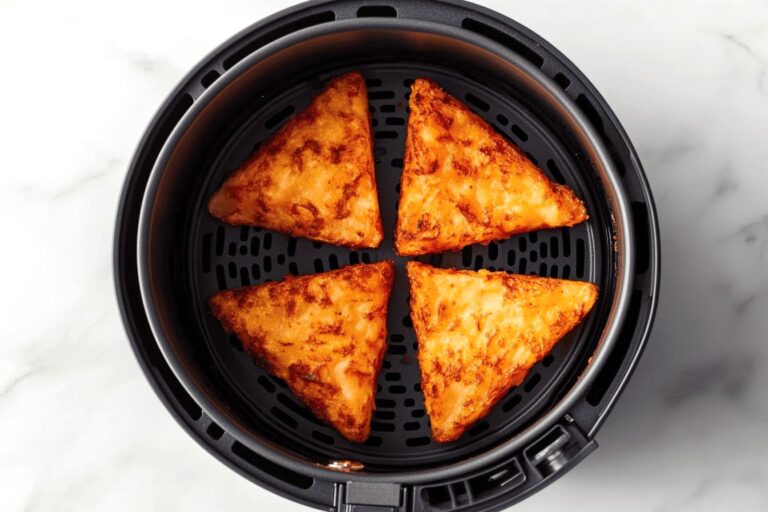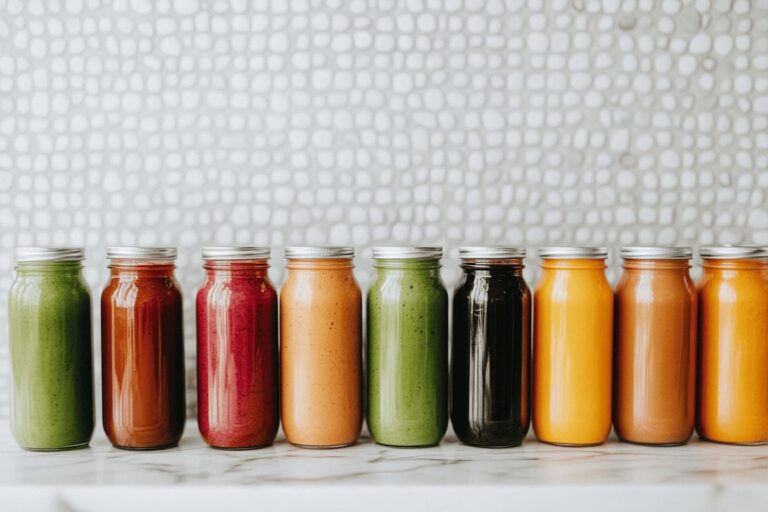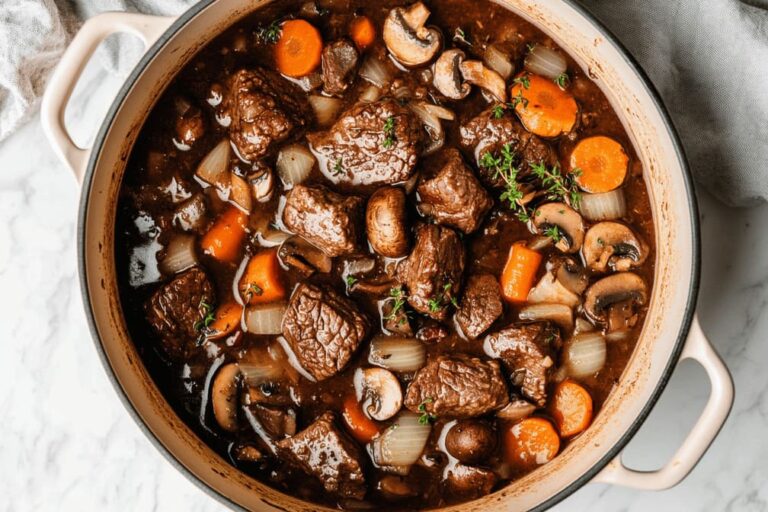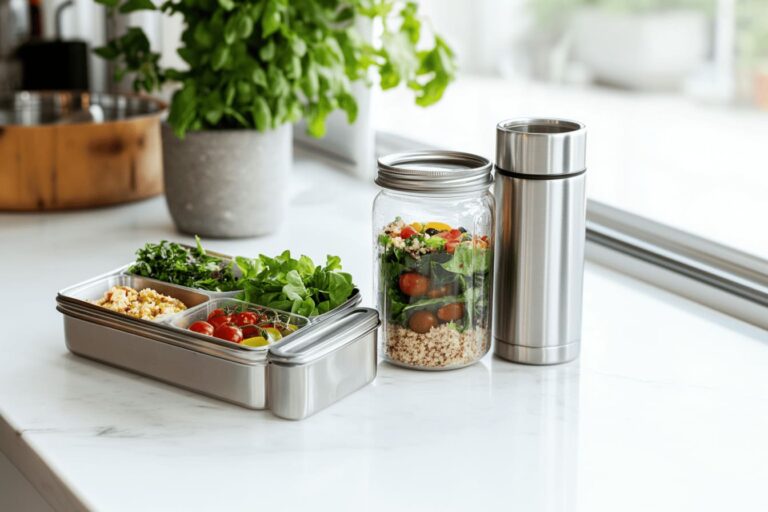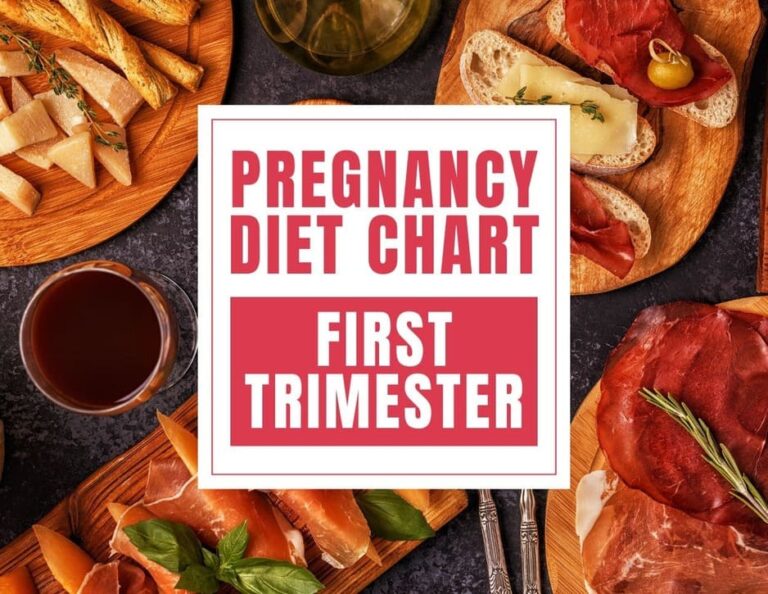Stevia vs Sucralose for Diabetics: Comparison Table, Pros & Cons
This post may contain affiliate links. That means if you click and buy, I may receive a small commission (at zero cost to you). Please see my full disclosure policy for more details.
Dive into the ultimate guide on Stevia vs Sucralose! Discover detailed comparisons, a handy table breakdown, pros and cons, and all the must-know facts to choose your perfect sweetener.
Whether you’re cutting calorie, managing your blood sugar, or just trying to make healthier choices, sugar substitutes like stevia and sucralose have probably caught your attention.
But not all sweeteners are created equal.
Is one truly better than the other? And more importantly, which one fits your lifestyle? Which one deserves a spot in your pantry?
In this stevia vs sucralose guide, I’ll unravel the mystery behind these two popular sweeteners. Breaking down their origins, taste, health impact, and best uses, I am here to help you decide which one sweetens your life best!
Related: Glycemic Index of Over 650+ Foods (with free printable list included)
What is Stevia?
Stevia is a natural sweetener derived from the leaves of the Stevia rebaudiana plant, native to South America and part of the Asteraceae family. Indigenous Guarani people have used it for centuries as a “sweet herb.”
Its sweetness comes from steviol glycosides, which are extracted from the plant’s leaves. These glycosides, including rebaudioside A and stevioside, are 200-300 times sweeter than table sugar.
Unlike sugar, these compounds pass through the digestive system without being metabolized, making stevia a zero-calorie sweetener with a glycemic index of zero.
However, not all stevia products are the same. Many commercial brands combine stevia extract with other ingredients like erythritol (like Truvia) or dextrose (Stevia In The Raw) to balance its flavor and enhance usability.
This means your experience with stevia might vary depending on the specific product you choose.
You can try the popular Stevia In The Raw, which contains dextrose. Come with convenient packet form, it’s organic and non-GMO certified. Personally, I prefer Splenda Stevia, which includes erythritol. It’s slightly more affordable, and erythritol might be a better option if you’re watching your blood sugar levels. Just something to keep in mind!
Why Do Some Sweeteners Contain Dextrose?
Pure sweeteners like stevia and sucralose are intensely sweet, requiring only a tiny amount. Dextrose adds bulk, making the sweetener easier to measure and use, especially for table-top packets or recipes. Adding dextrose also balances the overpowering sweetness of pure sweeteners, creating a taste closer to sugar that’s more appealing and natural. However, it adds small calories and may slightly raise blood sugar, so alternatives like erythritol might be better for low-GI diets.
What is Sucralose?
Sucralose is an artificial sweetener derived from sugar through a chemical modification process.
It is created by replacing three hydroxyl (–OH) groups in a sucrose molecule with chlorine atoms. This clever alteration means your body doesn’t recognize it as a carb, so it doesn’t get metabolized for energy, making it zero-calorie.
Initially discovered in 1976, sucralose has undergone rigorous testing to ensure safety and is approved by major health organizations like the FDA and EFSA.
While sucralose mimics sugar’s taste closely, its chemical structure ensures it has no impact on blood sugar levels, making it a popular choice for low-calorie and diabetic-friendly products.
And when we talk about sucralose, Splenda is by far the most popular brand you’ll find!
Why Is Erythritol in Sweeteners?
Erythritol mimics the granular consistency of sugar, making it ideal for baking and recipes where sugar’s texture is important. It dilutes the intense sweetness of pure sweeteners, creating a flavor closer to sugar without overpowering aftertastes. Unlike sugar or dextrose, erythritol is calorie-free, aligning well with low-calorie and diabetic-friendly diets.
Stevia vs Sucralose – Table Comparison
| Feature | Stevia | Sucralose |
|---|---|---|
| Source | Derived from the leaves of the Stevia plant | Artificial sweetener, chemically modified from sugar |
| Sweetness Level | 200-400 times sweeter than sugar | About 600 times sweeter than sugar |
| Caloric Content | Zero calories | Zero calories |
| Glycemic Index | 0 (does not raise blood sugar) | 0 (does not raise blood sugar) |
| Stability | More heat sensitive | Stable at high temperatures (up to 350°F/ 175°C) |
| Taste Profile | Slightly herbal or licorice-like aftertaste | Neutral taste, similar to sugar |
| Processing | Minimal processing | Highly processed |
| FDA Approval | GRAS (Generally Recognized as Safe) | GRAS (Generally Recognized as Safe) |
| Common Uses | Beverages, desserts, and table-top sweeteners | Diet beverages, baked goods, and processed foods |
| Potential Side Effects | May cause bloating or gas in some people | May affect gut bacteria or cause mild digestive issues in some |
| Natural vs Artificial | Natural | Artificial |
| Maximum Safe Daily Intake | 27 packets | 23 packets |
| Approved Brands | Enliten®, PureVia®, Truvia® | Splenda |
You may be interested: Glycemic Index of Over 650+ Foods (with free printable list included)
Best Uses for Stevia vs Sucralose
Both stevia and sucralose are versatile sweeteners, but their unique properties (like taste and heat stability) make them better suited for specific uses.
Best Uses for Stevia
- Beverages: Perfect for sweetening coffee, tea, smoothies, and flavored water.
- Raw and No-Bake Recipes: Works well in dressings, yogurt, or raw desserts like chia puddings.
- Everyday Sweetening: Ideal for sprinkling on oatmeal or fruit.
- Natural Lifestyle: Great for those seeking plant-based, unprocessed alternatives.
Best Uses for Sucralose
- Baking: Retains sweetness at high temperatures, making it a go-to for cakes, cookies, and muffins.
- Processed Foods: Common in diet sodas, sugar-free syrups, and packaged snacks.
- Cooking: Suitable for sauces, marinades, and dishes that require heating.
- Sugar-Like Taste: Ideal for recipes where a neutral flavor is key.
Choosing between the two depends on your taste preferences, health goals, and how you plan to use them.
Stevia shines in natural, raw applications, while sucralose excels in heat-intensive and processed recipes.
Side Effects of Stevia
The FDA has actually classified stevia as GRAS (Generally Recognized as Safe), meaning it’s safe for most of us to use.
BUT—and here’s the important part—if you see products with crude stevia or whole leaves, just skip them. These haven’t been approved by the FDA because there’s not enough safety data to back them up.
You might have heard some buzz about stevia being linked to things like kidney damage, endocrine disruption, and low blood pressure. But these concerns come from limited studies, and we definitely need more research to really know what’s going on.
The FDA has also set an Acceptable Daily Intake (ADI) for stevia, which is the amount considered safe to consume daily over a lifetime. To hit that limit, you’d have to consume 27 packets a day—and since stevia is like 200 times sweeter than sugar, that’s a lot of sweetness!
It’s really hard to even get close to that, so as long as you’re not going crazy, you’re totally good to enjoy stevia without any worries.
Is natural always better?
“Natural” isn’t always necessarily better than “artificial”—it really depends on the context. For instance, many natural substances can be harmful or cause allergic reactions, like poison ivy or certain plant-based allergens such as peanuts. On the other hand, some artificial products, like sucralose, have undergone extensive testing and are considered safe by regulatory bodies like the FDA. Ultimately, it’s all about finding what works best for your body and health goals!
Side Effects of Sucralose
Sucralose is generally considered safe by big health organizations like the FDA and EFSA, but there’s definitely some debate swirling around it.
While most studies say it’s safe when consumed within the recommended limits, a few have raised concerns.
Some research suggests that sucralose might alter gut bacteria, which could affect digestion and overall gut health. But the results are mixed, and more studies are needed to fully understand this.
There have been occasional studies that questioned whether sucralose could cause cancer or break down into potentially harmful compounds when heated to very high temperatures.
Bottom line: Sucralose is still considered safe by the majority of experts, but if you’re feeling unsure, just keep it in moderation and stay on top of any new research.
Frequently Asked Questions
Is stevia better for you than sucralose?
Both have their pros and cons. Stevia is natural and plant-based, while sucralose is artificial but offers a sugar-like taste. The choice depends on your health goals and preferences.
Can I use stevia or sucralose for weight loss?
Both are calorie-free and can help reduce overall calorie intake, making them suitable for weight loss when used to replace sugar.
Conclusion
Whether you go for stevia vs sucralose, it all comes down to what works best for your lifestyle and health goals.
Stevia is a great natural option with zero calories and plant-based goodness, while sucralose gives you that sugar-like sweetness without impacting your blood sugar.
Both are solid choices, but the key is to keep it balanced! And always stay in the loop with the latest research to make the most informed decision.
So, find your sweet spot, and enjoy your guilt-free treats!




